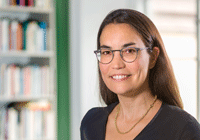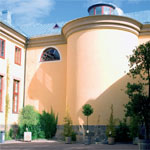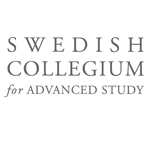
Photo credits:
Sarah Thorén
Susanne A. Wengle
EURIAS Fellow, SCAS.
Assistant Professor of Political Science, University of Notre Dame, IN.
Concurrent Faculty, Keough School of Global Affairs, University of Notre Dame, IN
Susanne A. Wengle has been Assistant Professor at the University of Notre Dame since 2015, with
a PhD from the University of California, Berkeley. Her research examines how market institutions
and regulations evolve; hence, what “politics” make them possible, but also how their effects change
the political conditions in which they were formulated. She is the author of Post-Soviet Power: State-
led Development and Russia’s Marketization (Cambridge University Press, 2015), on the political eco-
nomy of newly created electricity markets in Russia. Wengle has conducted research and published on
other aspects of Russia’s post-Soviet transformations, namely, on agriculture, welfare provisions, and
the politics of expertise. One recent publication explores the transformation of Russia’s rural economies:
“Local Effects of the New Land Rush: How Global Capital Inflows Transformed Rural Russia,” Governance,
31:2 (2018). Other publications include “Engineers versus Managers: Experts, Market-making and State-
building in Putin’s Russia,” Economy and Society, 41:3 (2012), and “The Monetization of l'Goty: Changing
Patterns of Welfare Politics and Provision in Russia,” Europe-Asia Studies, 60:5 (with M. Rasell, 2008).
The empirical focus of her current project is agriculture and food production in Russia and the United States.
At SCAS, she will be working on a book manuscript that examines and compares the evolution of industrial
food systems in the United States and Soviet/post-Soviet Russia, tentatively entitled “Setting the Table.” Both
economies have for much of the twentieth century pursued the goal of turning farms into factories. Rather
than assessing successes and failures, the book asks what was abundant and what was scarce, and for whom.
The answers to these questions yield a new way to think about inequality and distribution in these two late
modern economies.
This information is accurate as of the academic year 2018-19.






